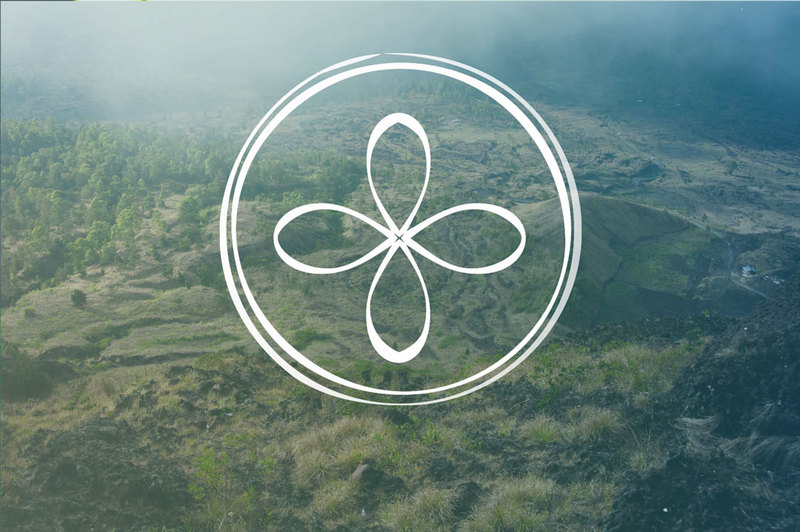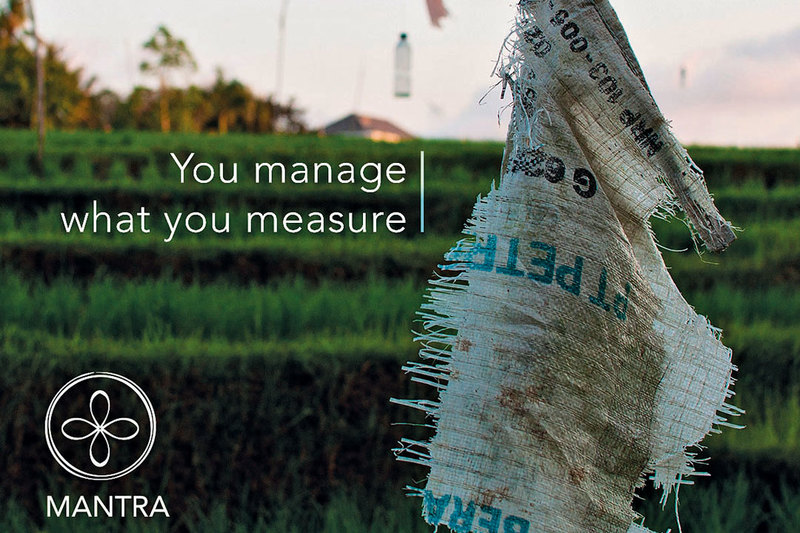
Mantra realised the art of conscious designing amidst a world desperately in need of change.
Cities are usually warmer than the rural areas that surround them. This phenomenon, which is known as the urban heat island effect (UHI), occurs because cities consume huge amounts of energy in electricity and fuel, have less vegetation to provide shade and cooling. Cities are built from materials that absorb and store energy from the sun. This needs to drastically change.
Heat is increasingly posing health and energy challenges in big cities throughout the tropical belt, from Denpasar, Bali, Jakarta, Manila, Bangkok to Singapore. The Urban Heat Island UHI effect discourages people from walking or cycling, and increases the energy used for air conditioning. Temperatures in central, heavily built up areas exceed those in surrounding rural areas by up to 7 degrees Celsius. Cities are heated not just by their tropical climate, but also by the continuous injection of manmade heat from car and truck exhausts, industry and power stations, as well as waste heat from hundreds of thousands of air conditioning units, densely packed building complexes and dark surfaces like tarmac roads and building facades that store the heat without reflecting it. All of the above combined leads to massive heat gains and has us running from one air-conditioned space to the next.

At Mantra Environmentally Sustainable Design, specialists have started cataloguing solutions and guidelines, and they have invested into an array of software and tools available to help with decision making. They have realised that it is more than challenging to apply these methods in Indonesia. Especially when decision makers, stakeholders and architects don´t really understand the physical environment they are building in.
Many know what is good in theory, but don´t have the practice. That is why Mantra have been investing into environmental engineers and have them learning about mathematics, physics and the physical environment, so they get practice and see results based on our daily work. They are learning that mainstream education has decoupled knowledge and information from the practice of really understanding the physical environment that surrounds us.
Mantra have been working on breaking through this flawed approach and started every project by understanding the environment before even thinking about designs. It can be as easy as walking into a tangled undergrowth and experiencing giant ferns and tall shrubs overgrown with vines. Spotting beautiful bright yellow butterflies and feeling a 7 degree Celsius temperature drop, realizing how it relieves the mind and spirit and understanding that the environment is filled with an abundance of natural flows and energy. Mantra have learnt that planting green corridors and greeneries channels the winds and cools our living spaces, green parking lots, green roofs and green pavements reduce heat gain and provide pleasant thermal comfort. Imagine if you reduced your buildings heat gain by over 60% and cut your energy costs in half. Mantra are making these visions a local reality and that is one of the reasons they get to work on large scale projects with world famous architects like Thomas Heatherwick, Andra Matin, Kengo Kuma and Ibuku.
For further information, please visit eco-mantra.com.
This article is originally from paper. Read NOW!Jakarta Magazine March 2020 issue “Property, Architecture & Design". Available at selected bookstores or SUBSCRIBE here.






